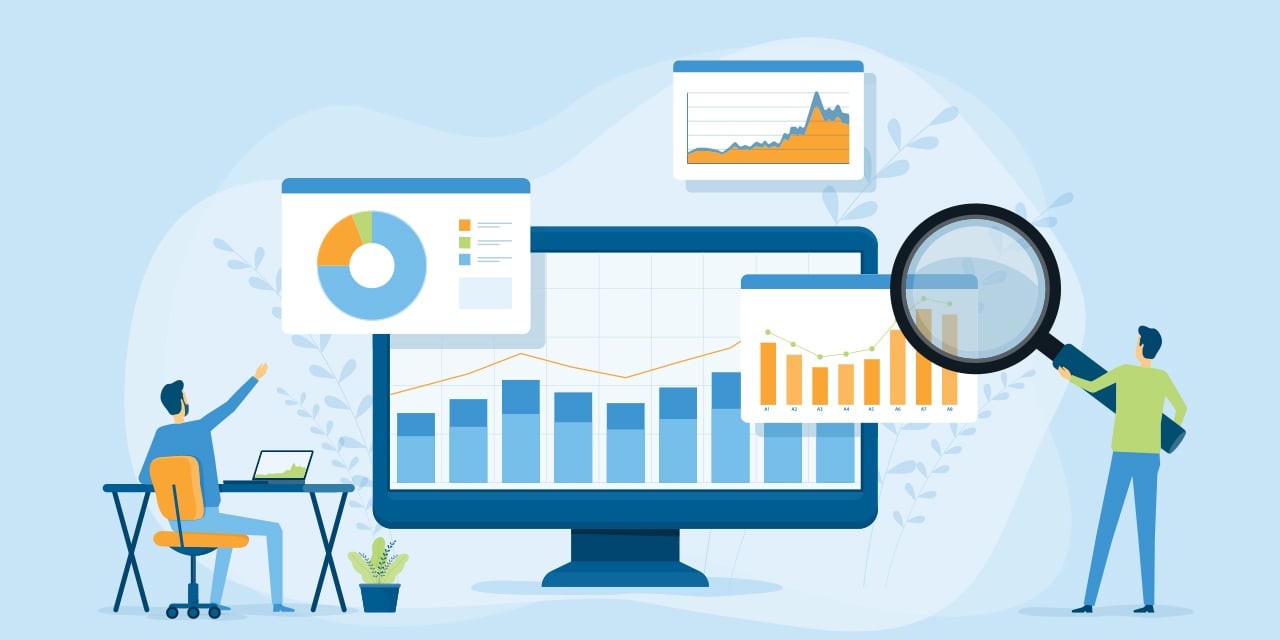
The Big Raise from Social Security
One of the scariest financial stories of 2022 has been persistent inflation, but for retirees, there’s a significant upside to this: The Social Security cost of living adjustment (COLA) will result in benefits increasing by 8.7% beginning with your January 2023 payments. That’s the biggest annual jump since we saw a 11.2% increase in 1981.
What does this mean in practical terms? The average monthly Social Security payment for all retired workers will rise to an estimated $1,827 in 2023 from $1,681, an increase of $146 a month. For those who are married filing jointly, the average increase comes to $238.
The Social Security Administration calculates the COLA by figuring the percentage increase in the rate of inflation from the third quarter of the current year to the third quarter of the previous year. To figure its adjustment, Social Security uses the Consumer Price Index for Urban Wage Earners and Clerical Workers, or CPI-W, as opposed to the more standard Consumer Price Index or CPI. It places a slightly higher weight on food, apparel, and transportation and a lower one on housing and recreation, than the standard CPI.
According to the October 2022 CPI report, food prices have risen 10.9% over this time last year. Utilities are up 14.2%, and housing is up 7.9%.
The increase in the Cost of Living Adjustment shows one of the ways in which inflation, somewhat paradoxically, can be beneficial. Some of the other ways in which inflation might be making your financial life a little more comfortable:
- Some sectors of the stock market are correlated with inflation, which means that as prices go up, their share prices tend to go up as well. Energy stocks and industrial stocks, connected as they are to hard assets, are two sectors that generally do well in inflationary times.
- You have more potential to negotiate raises at work. Not only can you justify asking for more money to pay higher prices for the goods and services you need, inflation tends to come in times of tight labor markets, as we are experiencing today. This tips the leverage in negotiations over to the worker.
- Inflation can also be an overall positive for the economy. When people fear that prices will be higher in the future, they spend on goods and services now – and since consumer spending constitutes about 70% of the economy, that fuels economic growth.
Wondering how this windfall might affect your cashflow plans for the upcoming year? Your Baird Financial Advisor can help you figure out a strategy.
Editor’s Note: This article was originally published in August 2021 and was updated in December 2022 with more current information.
The information offered is provided to you for informational purposes only. Robert W. Baird & Co. Incorporated is not a legal or tax services provider and you are strongly encouraged to seek the advice of the appropriate professional advisors before taking any action. The information reflected on this page are Baird expert opinions today and are subject to change. The information provided here has not taken into consideration the investment goals or needs of any specific investor and investors should not make any investment decisions based solely on this information. Past performance is not a guarantee of future results. All investments have some level of risk, and investors have different time horizons, goals and risk tolerances, so speak to your Baird Financial Advisor before taking action.


